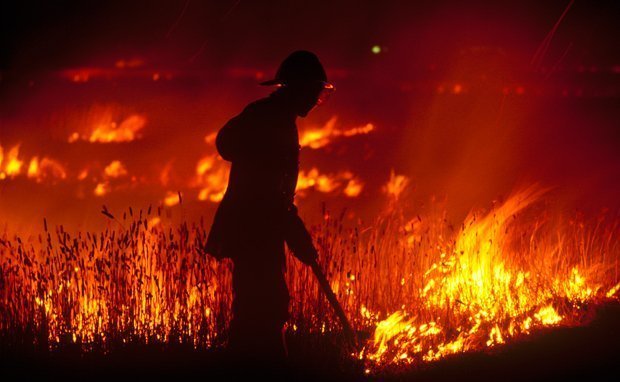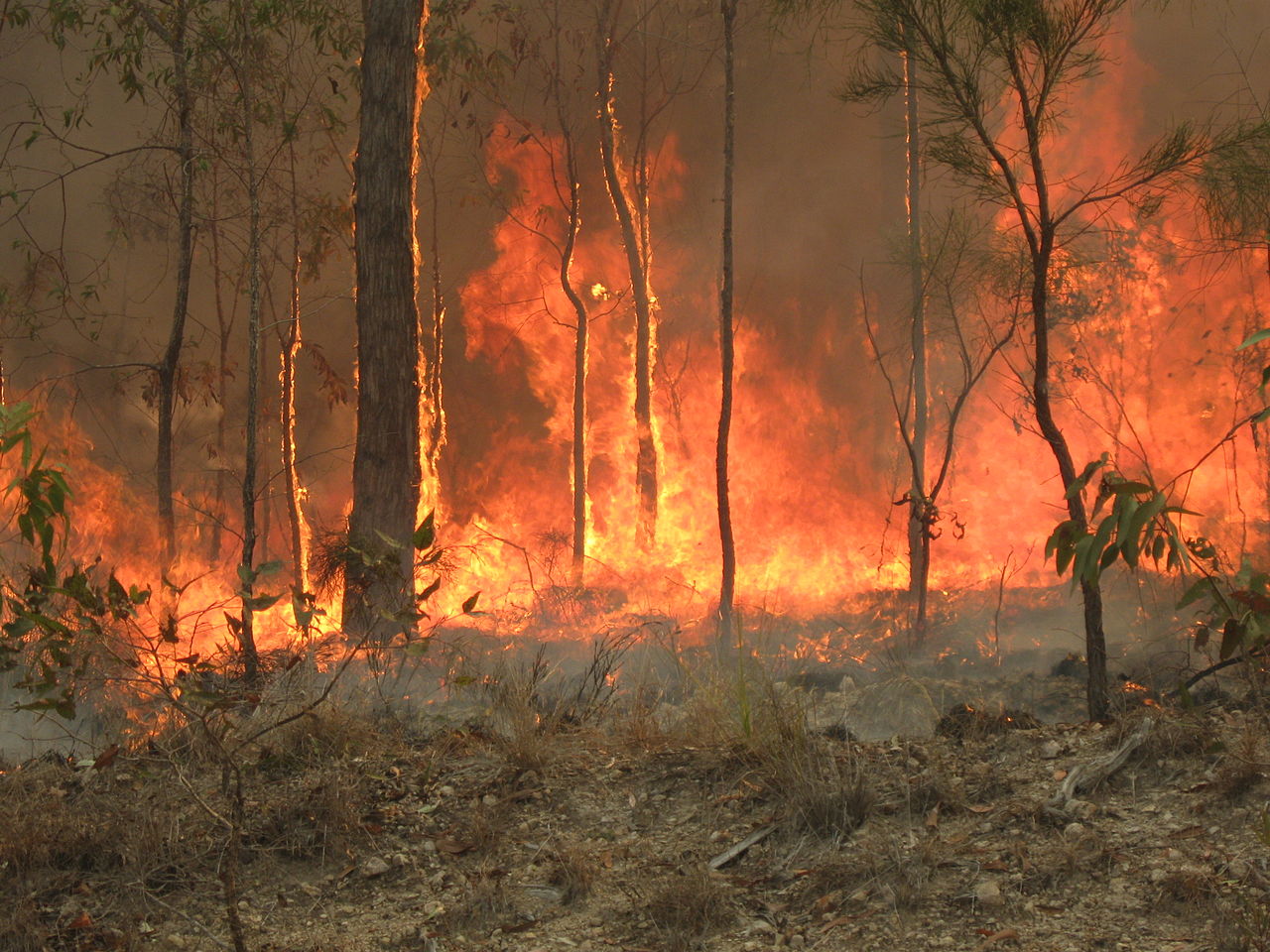Just How BAL Report Impacts Shrub Fire Defense Steps
In the world of bush fire protection, the Building Strike Degree (BAL) report stands as an essential tool that substantially affects the safety and strength of residential or commercial properties in fire-prone locations - BAL Report. The effect of a BAL analysis extends much past plain paperwork; it works as the foundation for determining the appropriate building criteria and fire protection procedures essential to reduce the dangers postured by bushfires. As areas face significantly severe fire seasons, understanding how the BAL report shapes these safety procedures ends up being paramount for building contractors, property owners, and policymakers alike
Understanding the Bushfire Strike Degree

Value of BAL Report Evaluation

In Addition, the BAL record analysis acts as a fundamental action in following legal commitments and demands associated with bushfire protection. Neighborhood councils and authorities usually mandate the entry of a BAL report as component of the planning and structure approval procedure to ensure that residential or commercial properties are appropriately protected against bushfire threats. Falling short to conduct a comprehensive BAL report assessment can cause poor security steps, leaving residential properties prone to ruining bushfire cases.
Construction Requirements Based Upon BAL
A thorough understanding of the Bushfire Assault Level (BAL) allows property proprietors to carry out building and construction criteria customized to their particular danger account. Building standards based upon BAL are essential in reducing the impact of bushfires on buildings. The BAL rating classifies the prospective threat a property faces during a bushfire on a range from BAL-Low to BAL-FZ (Fire Area) Each BAL level represents certain construction needs laid out in the Australian Typical AS3959-2018 Building of Structures in Bushfire-Prone Areas. For instance, residential or commercial properties categorized as BAL-Low might only need basic steps such as clearing particles and preserving yards, while those in higher BAL groups require more durable actions like cinder displays, you could try these out fire-resistant products, and sealed windows. Complying with these construction standards not just enhances the structural durability of the residential or commercial property yet additionally improves the overall security of homeowners during a bushfire event. Consequently, home proprietors need to thoroughly consider their BAL score and follow the equivalent building and construction criteria to appropriately safeguard their homes and residents.
Applying Fire Security Steps
With the foundation of building and construction requirements based upon Bushfire Assault Degree (BAL) in location, the focus currently shifts towards the practical application of fire defense measures to strengthen residential properties versus bushfire dangers. Carrying out fire protection measures entails a combination of passive and energetic techniques to improve the resilience of structures in bushfire-prone areas. Passive actions try this out consist of utilizing fire-resistant building products, installing coal guards on vents, securing voids in wall surfaces and roofs, and preserving a clear room around the home without flammable plants. Active procedures incorporate having firefighting equipment easily offered, such as hoses and water pumps, in addition to developing a defendable space around the property by removing vegetation and having a well-kept yard. In addition, developing an emptying strategy and guaranteeing all citizens know emergency situation procedures are vital parts of effective fire protection procedures. By incorporating both passive and active approaches, properties can considerably decrease their vulnerability to bushfire occurrences and raise the safety and security of owners.
Safeguarding Residences Against Bushfires
Properly securing homes against the devastating effects of bushfires calls for a extensive and aggressive technique to fire protection steps. Home owners living in bushfire-prone areas need to focus on the implementation of different strategies to improve their building's resilience against wildfires. One basic facet is producing a defensible space around the home by maintaining a clear zone without flammable materials. This consists of frequently cutting vegetation, eliminating dead plants, and ensuring a risk-free range between structures and trees. Mounting fireproof roof products can additionally significantly decrease the danger of coal attacks and direct flame call. Additionally, securing vents and gaps to stop ash invasion, along with incorporating fire-resistant windows and doors, can help fortify the home's defense against bushfires. Buying a trusted water resource, such as a properly maintained automatic sprinkler or a dedicated water storage tank, is vital for providing water during fire emergencies - BAL Report. By embracing an aggressive position and integrating these safety procedures, homeowners can substantially increase their chances of safeguarding their homes versus bushfires.
Conclusion
In verdict, the Bushfire Strike Degree (BAL) report plays a critical role in determining the needed defense procedures versus bushfires. Implementing fire security measures based on the BAL report is look at this website essential in safeguarding residential or commercial properties from prospective bushfire threats.
In analyzing bushfire risk to properties, understanding the Bushfire Attack Degree (BAL) is an essential element for carrying out reliable protection actions. Overall, a clear understanding of the Bushfire Strike Level is crucial for implementing ample protection measures and mitigating the effect of bushfires on properties.
